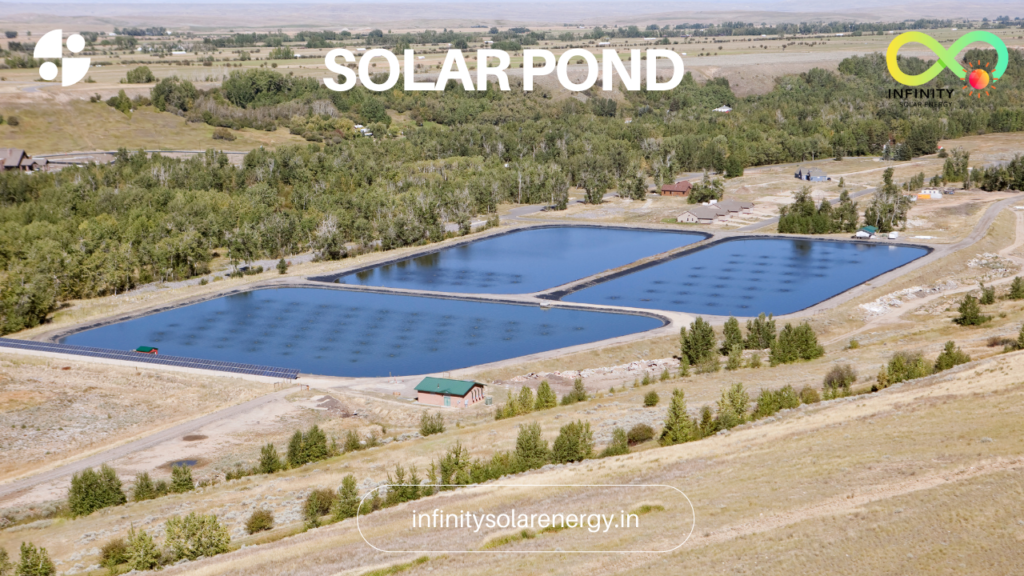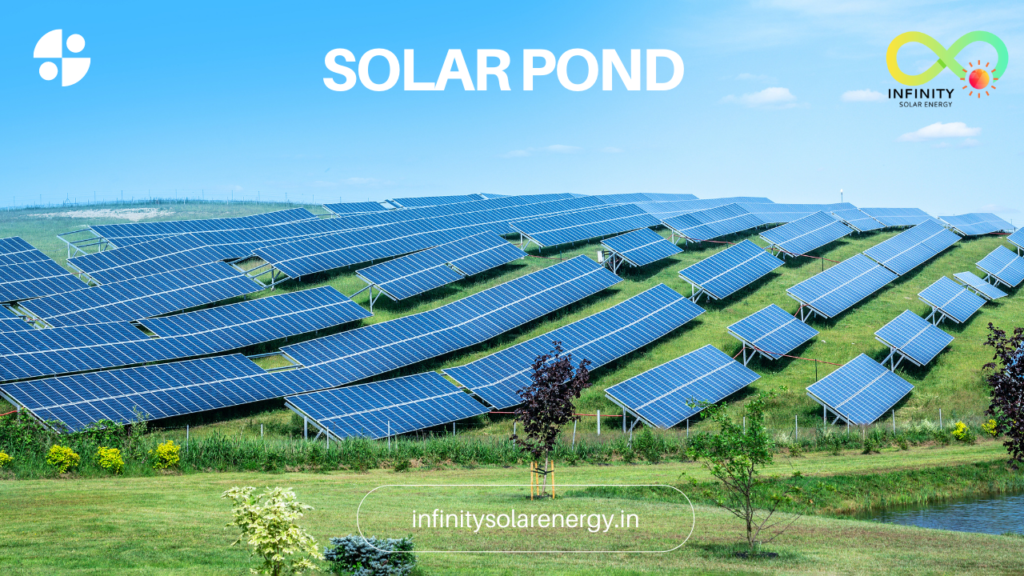Solar-powered pond A quick reference for forthcoming thermal energy applications
Two factors affect the salt concentration of the pond water; The proximity of the pond to the Sun and the concentration of the salt in the water itself. The farther a pond is from the Sun, the more solar energy it absorbs and the higher the salt concentration in the water, but this is not a limitation on using solar ponds as a thermal energy conversion system. Solar ponds in various stages of construction.
There are a variety of solar ponds that are used today around the world. Among the common types are sub-surface ponds, surface ponds, salt-stabilized ponds, and thermal storage ponds. Today, some of the most common solar ponds are located in China, Japan, South Korea, and the USA.
How does a solar pond work?
Solar ponds operate based on the physical principles of a solar pond, as discussed in-depth in my article on the solar pond. Specifically, the solar pond works based on the energy of the Sun and the heat from the water. When there is sufficient heat at a given location, a small portion of the energy from the Sun penetrates through the surface of the pond to the calmer deeper waters below.
This minimal amount of energy is absorbed in the interface of the water and the calmer waters below the surface. This fraction of energy at the interface of the water and the calmer waters below the surface is not sufficient to cause a great deal of heat.
The solar pond and the global warming

Two people Solar pond || The US Department of Energy Solar Energy Technologies Office sponsors an international competition for small ponds. National solar ponds should be 80 to 120 cm in diameter and produce at least 10 kilowatts per hour. This image is from a recent competition. This was a competition open to all countries. A solar pond is an attractive alternative to traditional geothermal heat pumps because it does not require high-pressure steam to run the turbine.
This means that a solar pond can be located anywhere globally, whether or not electricity is available. If there is no electricity, the pond can serve as a potable water source, using the pond’s heat to boil the water.
Where are solar ponds present?
The applications of solar ponds are the highest growth in emerging countries like India, China, Vietnam, the Middle East, and many parts of Africa, driven by their rising electricity consumption. However, in developed countries where energy consumption is relatively high, solar ponds are not as well developed as they are in the developing world. For example, Europe has not seen any solar pond applications yet.
To learn more about the origins and benefits of solar ponds, check out this illustrated gallery. Solar pond manufacturer today is no longer a single company. Several manufacturers are operating at large-scale manufacturing facilities. However, solar ponds are used in various applications, and some companies specialize in particular regions of the world.
Solar ponds of the past
Today the Sun can be used to generate electricity from salty bodies of water, but some of the earliest solar energy collectors used similar technologies to create solar ponds. The Solomon Islands have traditionally mined manganese and bauxite from the brine of brackish inland lakes.
The red ponds from this era are relatively shallow and have undergone regular evaporation cycles over hundreds of years. Some of these ponds can still be seen, though they are dehydrated and dead. The red ponds could be built like tanks with storage in mind. One such example is in North America, where there are many small salt-water ponds built into lakes. Another example is the Thiruvattar Lake near Thiruvananthapuram, India. These salts were extracted initially by desalination.
Solar ponds in operation today

The particular characteristic of solar ponds that allows them to function as a thermal energy collector is a salt-concentration gradient between the water in the pond and the air. The gradient has to be large enough to provide for some heating. One way to get this is to spread sand or other light-gray mineral particles on the pond surface. This has the added advantage of being environmentally safe.
Also, a salt-concentration gradient is almost essential to obtain a heating effect from the pond itself. The advantage of having a salt concentration gradient is that it increases the Sun’s energy efficiency, reducing the energy needed for heating. As more water evaporates from the pond surface, more solar energy is transmitted to the surrounding air.
Conclusion
There is a wide variety of thermal energy applications available to small to large-scale power plants. Many of these thermal energy applications are of interest to micro and nanoscale energy providers in water heaters or other geothermal power generation. \
Such smaller systems can also provide thermal energy to the home and business. When installing a solar hot water system for a house or business, this is one thermal energy source that should be considered possible. The other thermal energy sources would be in the form of HVAC (heating and cooling) systems. When we are talking about installing a geothermal or solar system for a home, we generally refer to geothermal systems.

